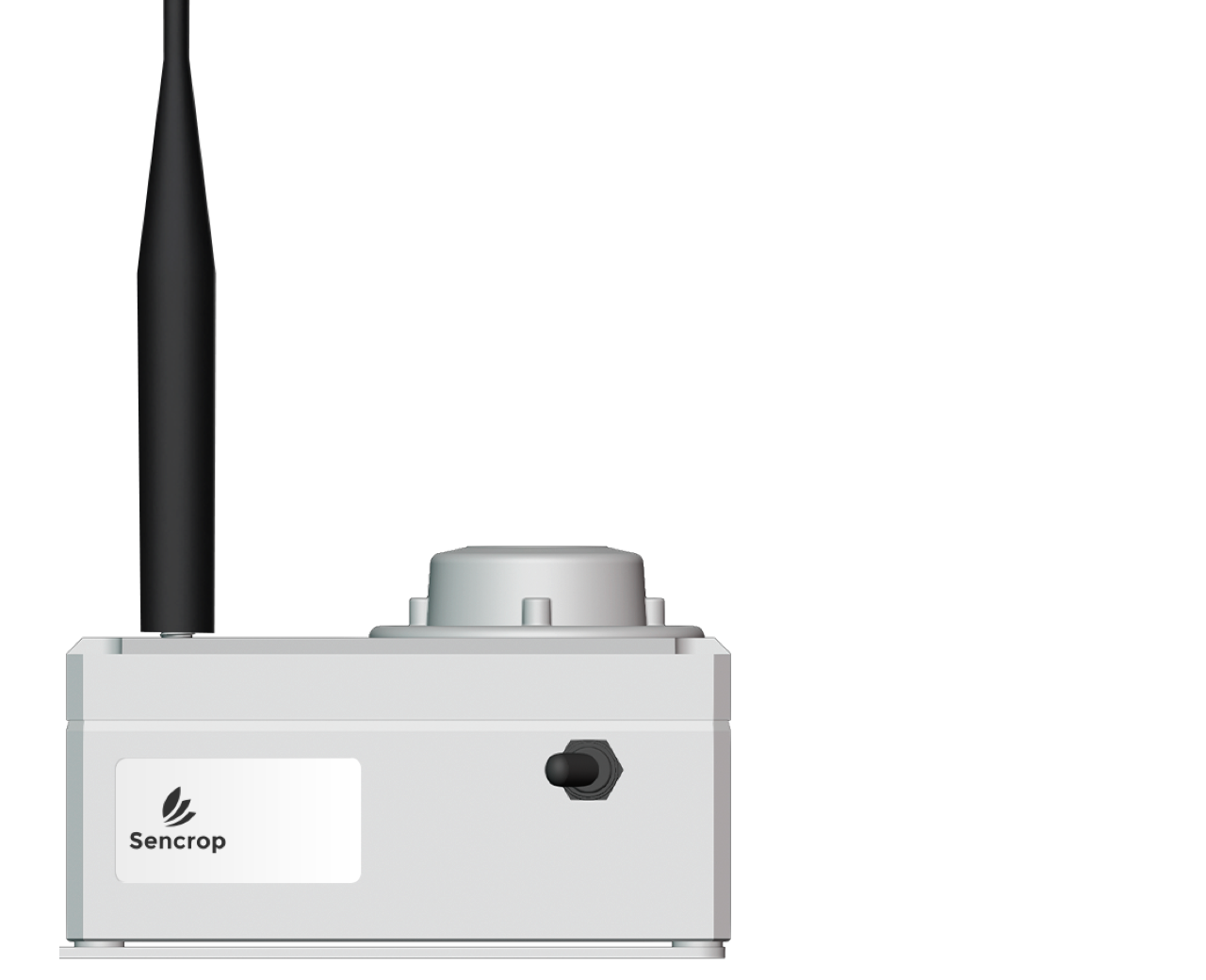
BBRO - cercospora on sugar beets
BBRO is a British scientific research institute specialising in sugar beet cultivation. The organisation has developed an indicator to help you anticipate the risk of cercospora developing and identify the need for control and treatment. You can access this tool via the Sencrop application!
Crop: Sugar beet
Measurements required: Hygrometry and dry temperature
Availability of models: Weather Pro Plan
THE BENEFITS OF BBRO
The risk of cercospora on sugar beet
Cercospora is a foliar fungal disease affecting sugar beet. The risk of the disease developing increases as temperature and relative humidity rise. If no action is taken to stop the infection, the spots will multiply until the infected leaves dry out completely. This can lead to losses of up to 30% of root weight and a drop in sugar content of 1 to 2 points.
The BBRO model
The model estimates a daily infection value (DIV) based on dry temperature and relative humidity over a 48-hour period, calculated from ultra-local data from Sencrop stations. The risk notably escalates when the average temperature during the period exceeds 20°C. BBRO model predicts when symptoms might appear, informing growers about the risk of disease development and the importance of closely monitoring crops.
This serves as an early alert to apply the initial fungicide, safeguarding your crop and preventing potential yield loss.

How does the model work in the application?
Sencrop integrates these disease models into its application and allows you to visualise in real time (and up to 4 days) this pressure on your plots. You will find 3 indicators according to the calculated risk:

Probable
The expected risk is high It is advisable to start your treatments to protect your crops.

Possible
The expected risk is uncertain. Plan a possible treatment to protect your crops, depending on your other indicators.

Unlikely
The expected risk is unlikely You can save inputs for future interventions.












